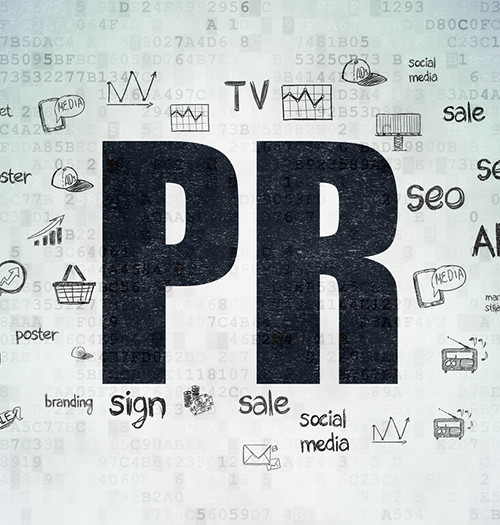So, what is digital PR?
Simply put, digital PR is used by brands to increase their online exposure by building relationships with key influencers and editors to gain mentions and backlinks on prominent blogs and websites.
Today, what we are seeing is the move away from the traditional, offline PR model to a more digitally-integrated one. Companies are cottoning onto the fact that they can grow brand awareness online without massive budgets and this has helped to democratise PR. Just think of a blog post that costs little more than the time to write, which then goes viral, reaching hundreds of thousands of people!
What are the differences between traditional and online PR?
Let’s have a look at some of the key differences between traditional and online PR.
Traditional PR
- Is wholly offline and one directional. The goal is exposure in magazines, journals, newspapers and industry publications.
- It involves writing and syndicating press releases and may involve organising press conferences and events.
- Reaches a wide, but largely undefined range of people so it is hard to quantify the return on investment.
Digital PR
- Digital PR happens online with the goal of getting exposure on high-traffic blogs and websites and boosting backlinks.
- It is at the intersection of SEO, content marketing and social media.
- It is made up of content in the form of infographics, articles and videos.
- People can share, like and comment on the content so there is more two-way communication than in traditional PR.
- Audiences can be highly targeted and thus it is easy to quantify a return on investment.
How do you measure the success of your digital PR campaign?
Overall, your key metrics will be: quality and quantity of backlinks and number of page views and unique visitors to the content and, to a lesser degree, the number of shares, likes and retweets.
The good news is that there are a plethora of useful, free tools out there that can be used to monitor the different facets of a digital PR campaign.
For social media and content
- Google Analytics to see how many page views and visitors your content gets.
- Facebook Insights for monitoring organic and paid Facebook campaigns. Insights allows you to see which posts were popular and how many people viewed them.
- YouTube Insights is perfect for monitoring your video statistics.
- Twitter Counter is used to check your Twitter statistics including impressions, retweets and followers.
For SEO monitoring
Opensiteexplorer, ahrefs and majestic SEO are the top tools to monitor backlinks to your content. Ahrefs and Majestic are particularly good at showing you recent backlinks which is useful to see the (almost) immediate accrual of backlinks.
If you are a big brand and really want to dig down into the results of your campaign and get more of an oversight of how everything performs under one dashboard then you should consider tools like Crimson Hexagon.
How does digital PR fit with your marketing strategy?
So now you know what digital PR is and how it works, you may well be wondering where digital PR fits in with your other online marketing activities. Well, it overlaps with three key marketing functions, namely content, social media and SEO.
Think about how your teams work together:
What you are putting out there may be a blog, infographic or video so it needs input from your content team.
When you promote your content you use social media channels like Facebook, Twitter and Linkedin, so this is where the social media team steps in with their help.
Finally, your SEO team will be interested in the backlinks you receive and will keep a close eye on the ongoing increases in rankings, traffic and keywords.
A digital PR strategy is so important these days because it influences so many online marketing channels. Get it right and you will see the increases in traffic, leads and customers.






